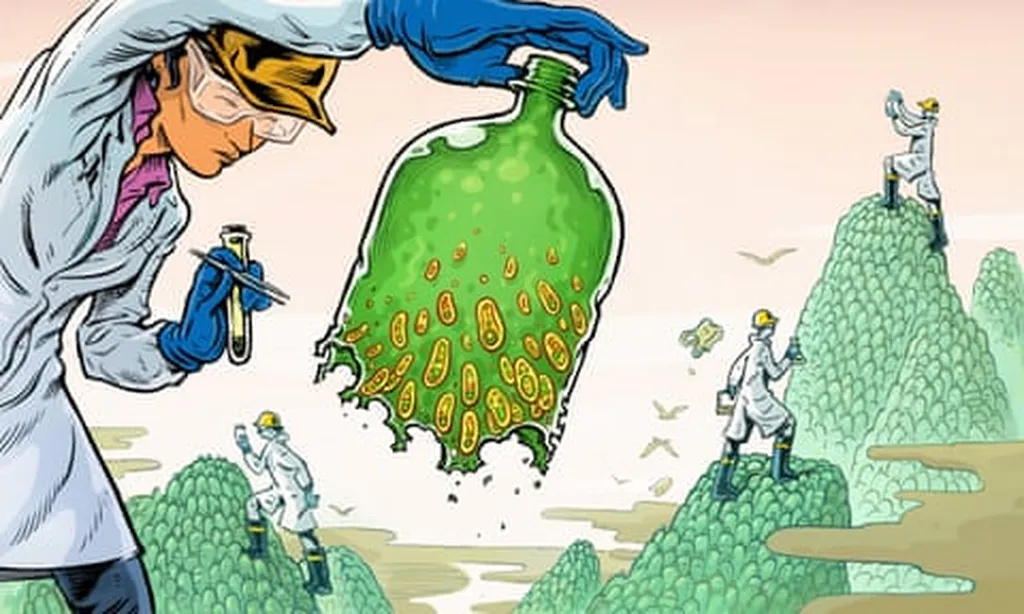In a groundbreaking study published in the journal *Nature Scientific Reports*, researchers have unveiled a promising method for carbon capture using a common soil bacterium, Bacillus subtilis. The research, led by Amal W. Danial of the Botany and Microbiology Department at Assiut University, explores the potential of bacterial-induced calcium carbonate precipitation (BICCP) as an eco-friendly solution for removing carbon dioxide from the atmosphere.
The study focuses on the natural process of microbial calcium carbonate precipitation, which occurs in lakes and oceans. By harnessing the power of Bacillus subtilis, the researchers demonstrated that carbon dioxide can be sequestered and converted into calcium carbonate with high efficiency. “This process not only removes carbon dioxide from the atmosphere but also produces a valuable byproduct that can be used in various applications,” Danial explained.
The research revealed that different calcium salts exhibit varying efficiencies in the BICCP process. While calcium chloride, nitrate, acetate, and citrate were all effective, calcium acetate emerged as the most efficient and cost-effective option. “The wide range in quantities, efficiency, and feasibility indicates the importance of the salt anion in BICCP,” Danial noted. This finding could have significant implications for the energy sector, as it opens up new avenues for cost-effective carbon capture and storage.
One of the most compelling aspects of this research is its potential for commercial applications. The study demonstrated that BICCP can be used to heal concrete cracks, improve soil quality, and even purify wastewater by adsorbing heavy metals. “BICCP could repair concrete cracks of 1–2 millimeters wide in just seven days,” Danial said. This could revolutionize the construction industry by providing a sustainable and efficient method for maintaining infrastructure.
The economic feasibility of BICCP was also highlighted in the study. The process was found to be applicable for carbon dioxide removal in closed systems, offering a viable solution for environmental safety and industrial emissions reduction. “BICCP may be applicable in carbon dioxide removal for cleansing carbon dioxide inside closed systems and for environmental safety,” Danial stated.
The research not only advances our understanding of microbial processes but also paves the way for innovative applications in the energy and environmental sectors. By leveraging the natural capabilities of Bacillus subtilis, this study offers a glimpse into a future where sustainable practices and technological advancements go hand in hand.
As the world grapples with the challenges of climate change and environmental degradation, this research provides a beacon of hope. The findings could shape future developments in carbon capture, soil remediation, and wastewater treatment, offering a holistic approach to environmental sustainability. With further research and development, BICCP could become a cornerstone of eco-friendly technologies, driving the energy sector towards a greener and more sustainable future.

